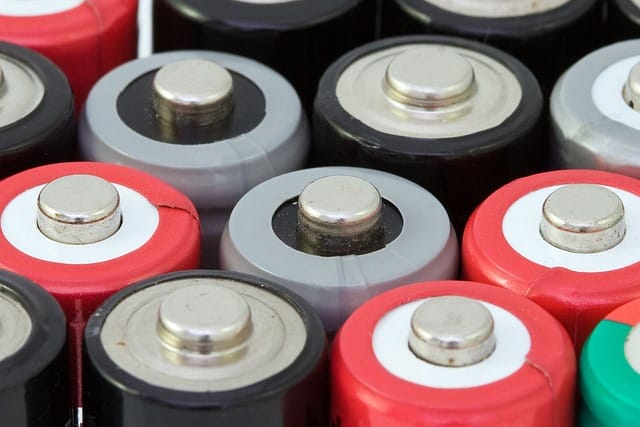Transporting or handling dangerous goods involves more than just care—it requires compliance. Whether you’re shipping lithium batteries, flammable liquids, or toxic substances, dangerous goods certification is the legal and practical backbone that ensures safety, compliance, and operational efficiency. In this blog, we’ll unpack what dangerous goods certification entails, why it’s vital, and how businesses can ensure their teams are fully certified.
What is Dangerous Goods Certification?
A dangerous goods certificate (also known as a DG certificate) is a formal qualification that verifies an individual’s competency in handling, packaging, documenting, and transporting hazardous substances. These certifications are governed by international regulations including the ICAO technical instructions which inform the IATA Dangerous Goods Regulations (for air freight), IMDG Code (for sea freight), and ADR (for road transport).
Whether you’re a freight forwarder, logistics provider, manufacturer, or warehouse manager, having certified staff is not optional—it’s essential for both legal compliance and safety.
Why Is It Important?
1. Compliance with the Law
Governments and international bodies mandate that all handlers of dangerous goods be appropriately trained and certified. Failure to comply can lead to legal penalties, shipment rejections, or even criminal liability in the case of serious incidents.
2. Safety Assurance
A certified team understands the risks associated with shipping dangerous goods. From knowing how to pack goods safely to endure typical movements in transport, to when to segregate incompatible substances, certification ensures that safety is ensured throughout the supply chain.
3. Efficient Operations
Properly trained staff reduce the likelihood of delays, mishandled goods, or documentation errors. Issues in an organisations ability to deliver a product on time can disrupt supply chains and critically damage reputations to deliver a service.
What Does Dangerous Goods Training Involve?
Training will typically cover classification, packing, labelling, documentation, handling, and emergency procedures. Training courses can be mode-specific (air, road, sea, rail), multimodal, or targeted at different levels (such as awareness). More specific training courses can also cover specific types of dangerous goods such as dangerous goods in limited and excepted quantities, lithium batteries, infectious substances and radioactive material.
Validation
Most training courses should include some form of validation. For dangerous goods by air training, candidates must pass an exam to demonstrate their knowledge and competency. For other modes of transport, including rail, road & sea delegates must attend and participate in training to demonstrate competency.
Dangerous goods by air certifications are valid for two years, after which a refresher course and re-certification is required. Road and sea training must be retaken ‘periodically’ in line with the regulations. This could be dictated by company policy, insurance, or regulatory need, for example changing regulations. Individuals qualified as a DGSA will need to renew their certificate every five years.
Peter East offers a suite of training courses that align with IATA/ICAO, IMDG, and ADR requirements, suitable for everyone from new staff to experienced professionals needing a refresh.
Who Needs a Dangerous Goods Certificate?
Anyone involved in the carriage of dangerous goods should be trained in line with their direct responsibilities and duties in their role. That could include anyone from freight forwarders to logistics operators, shipping staff, warehouse operators, sales staff, administrators, drivers and compliance staff.
If you are unsure as to your training requirements, we can help. Please do give us a call or drop us an email.
At Peter East, we offer accredited training programs that help businesses achieve compliance. Our courses are:
- Taught by industry professionals with real-world experience
- Tailored to specific transport modes and types of dangerous goods
- Offered both in the classroom and live online
- Backed by over 30 years of expertise in dangerous goods transport training
We also provide consulting and DGSA services. We can assess your current procedures and identify areas of risk or non-compliance.
Final Thoughts
Securing a dangerous goods certificate is not just about ticking a box. Certification demonstrates a commitment to safety, and a certification that enables you to operate in compliance with the regulations, and ensure your goods get to where they need to be without delay. In today’s highly regulated and risk-sensitive supply chain environment, ensuring your staff are certified in handling dangerous goods is a smart investment.
Ready to get certified or upskill your team? Contact us today to explore your training options and stay compliant.
Start Your Certification Journey







